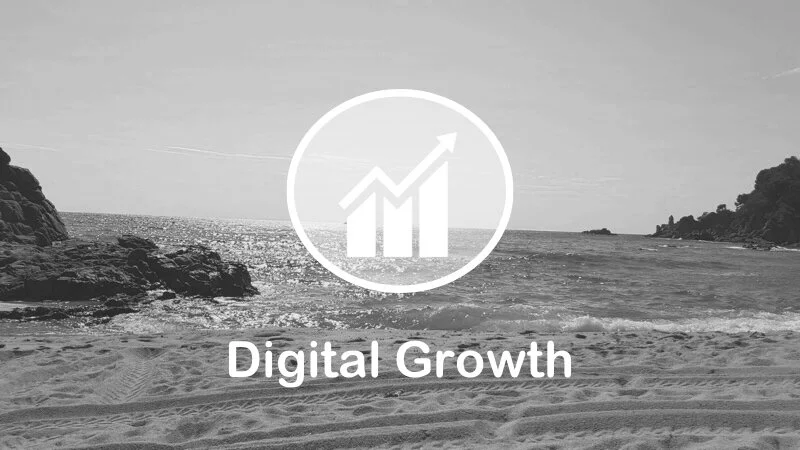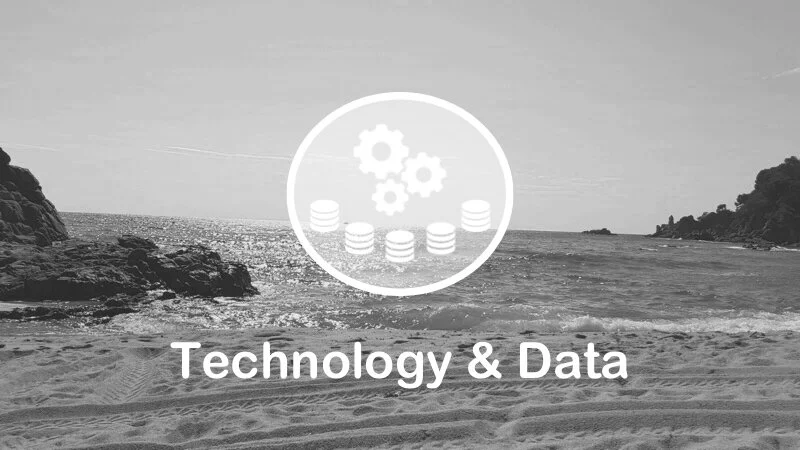
Digital Transformation >>>
What does succes look like?
Growing in the digital space forces us to choose carefully and be very self aware on our skills, capabilities, talents and ambitions. In many occasions digital transformation is seen as an activity driven from a technology perspective and therefore often a finance or IT driven activity. Fortunately technology is only a minor actor in this play. Digital transformation can be only successful when you acknowledge that it is all about people and their willingness and determination to learn, progress and change their behaviour, all enabled by the smart solutions and services that today’s society can provide.
Digital Transformation >>>
Acknowledge and act on the 4 transformation dimensions will drive your succes
Digital Maturity dimensions
Business fundamentals
Whereas technology is often seen as the game starter, the real succesfull transformations are entered around business and its optimisation. All driven from the top down. We see the largest impact coming from this acknowledged need for change from the top. It truly starts with a good and reliable view on the actual digital maturity stage the organisation is. This will allow to allocate time, budget and resources appropriately. Common practice however is that many organisations do not really know where they stand, nor where to get started. For that reason in many occasions the least unknown people are tasked to pave the way. That’s where the first mistake often is made, IT as driver for the business change.
Delivery and Operations
Looking at the market of today, the competitive landscape and not to forget the impact and disruptions that have been introduced by new-technology solutions or are likely to be introduced shortly, have made a need for change a high priority boardroom topic. Getting grips on the subject is often steered by a desire to measure and act rapidly, KPI’s, targeted investments and allocation of people are ways of facilitating and managing this change, but recognising the need to properly assess in a regular and consistent fashion is just as important to understand the level of progress. It also opens up a requirement to make sure education programs for all resources become available not only to steer functionally but adhere to the greater cause with a possibility to cascade down to the personal functional level. After all, when your resources know what direction the organisation is bound to take, they can, with some guidance, determine what best route to take to fulfil their current and future roles. Often this reveals the internal transformation leaders that will be excellent change-agents for your organisation. Contrary to hiring externals that often are not seen as part of the team and therefore trusted less.
Organisational design
As many organisational structures have been there for several years. All fully focused around the traditional value chains, embracing the internet and a changing play is forcing organisations to look different at how they organise themselves. In many occasions the digital driven business channels are often set aside from the original roles, as they are seen as incremental business-models. This is often applicable and most obvious to sales, marketing and finance departments. But in common practice its department independent. Every department and actually every resource will have to deal with this change to a certain degree in their day-to-day. tasks, it will only enforce a different way of working. And change means people have to learn to adapt. Something that needs time, guidance and support. Therefore creating new roles is not the answer. It may provide some temporarily answers, but certainly should not be seen as structural. This change means not only a different way-of-working but also knowing that roles and its responsibilities have to be reset. The fact it also opens up an opportunity to introduce new business models is a side-effect which may also have an impact on the way how you organise yourself. But again that’s only worthwhile when its set as one of the business fundamentals.
Technology
In many organisations technology has been around for many years. Often facilitating a very specific departmental need. These solutions are , in many occasions setup, managed and maintained in a siloed manner. Mainly as these served a highly functional purpose. In today’s digitised economy, computing power allows for very data-intense analysis. The broader the data-sets you can analyze the better view on business performance and opportunities you can get. This is causing a need to take away data from the various silos, and make them broader available. But is your system architecture open enough to facilitate that? It also means that systems and platforms are bound to connect to the outside world with all security risks that go along with that. This calls for a different way of looking at technology usage and maintenance, particularly around topics like security, compliancy, storage, speed and inter connectivity. It also requires a different mindset of your it-staff that now plays a vital role in protecting and making company digital assets available for broader monetisation.








